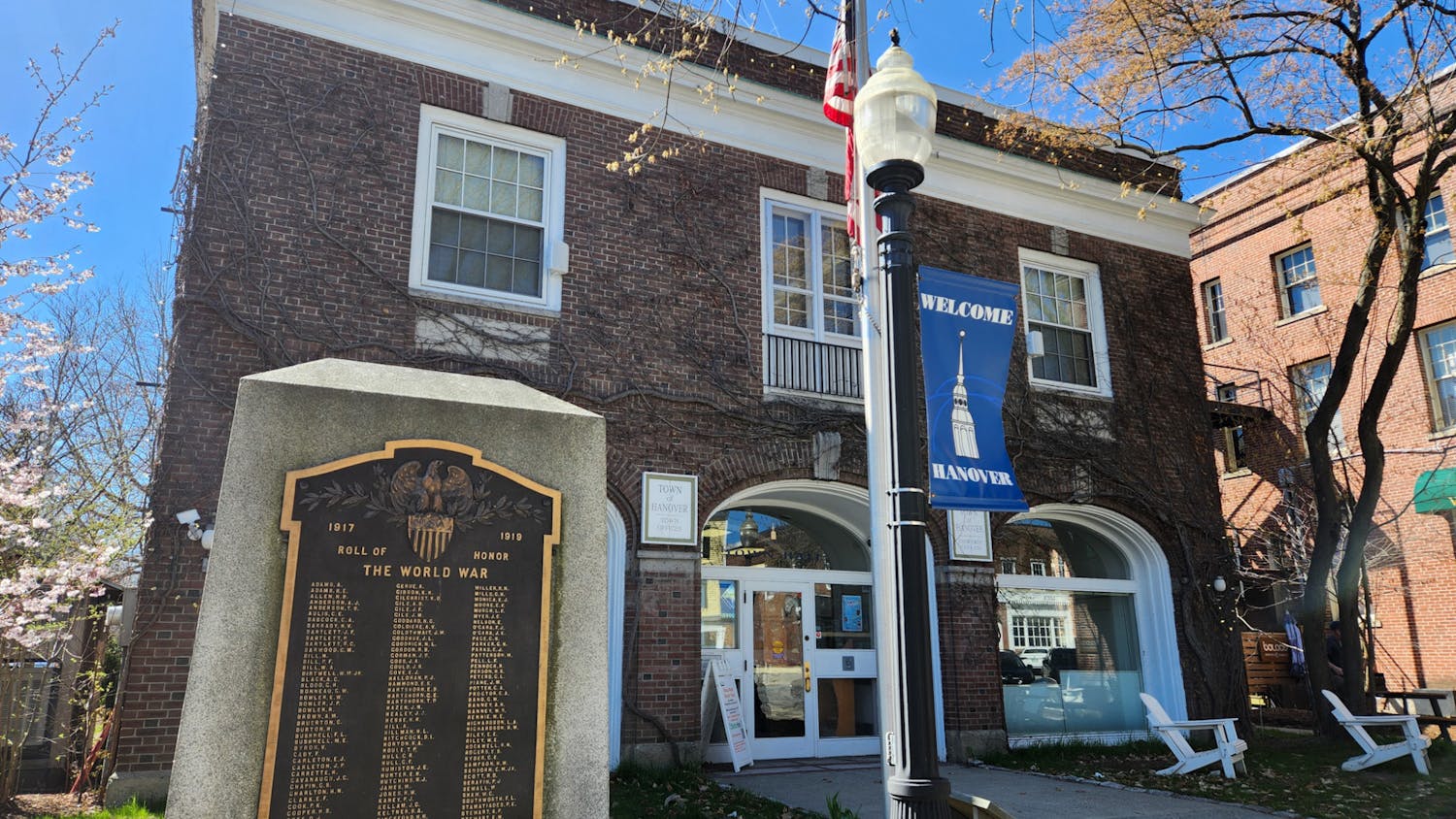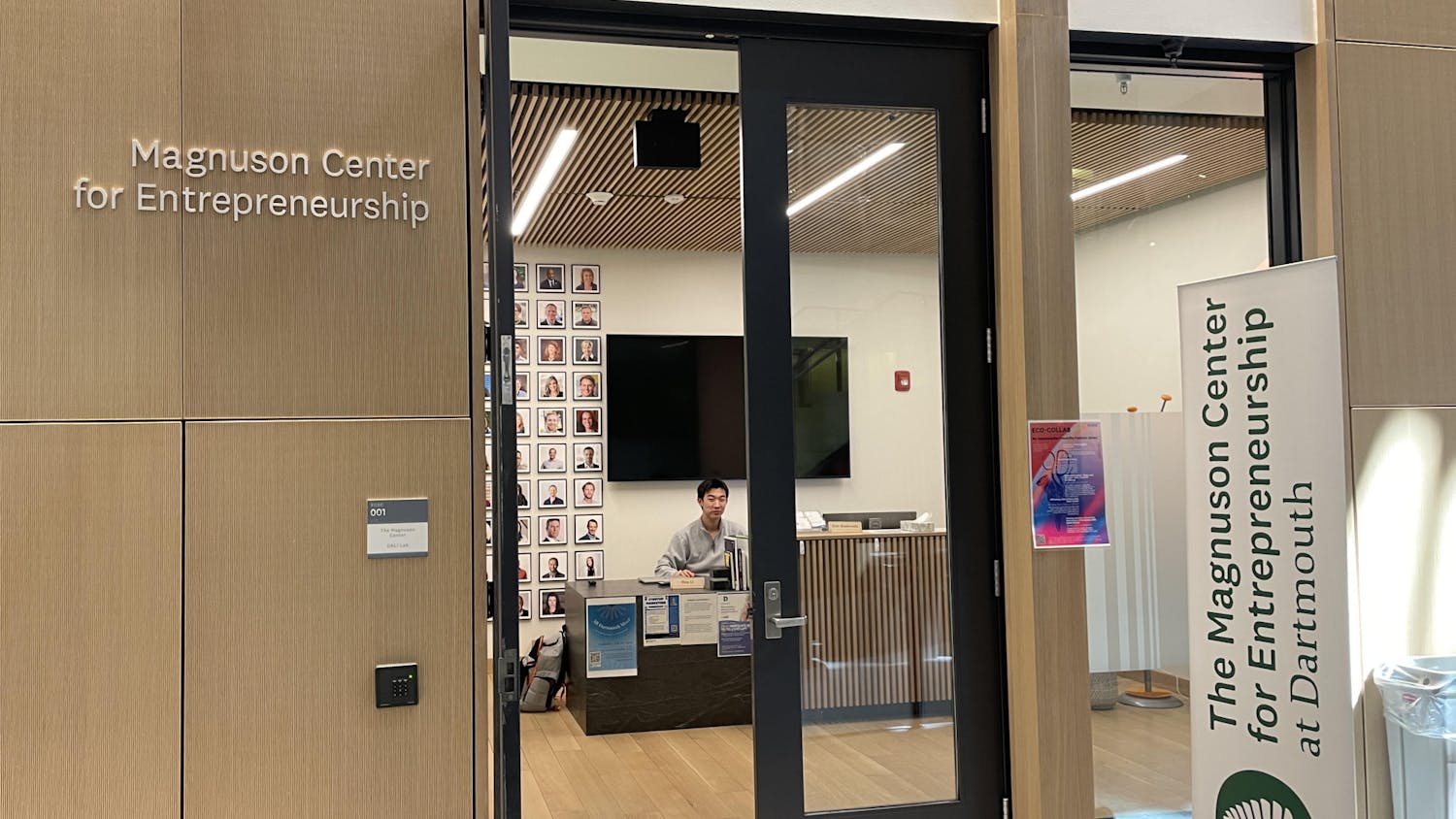After a doctor at Dartmouth-Hitchcock Medical Center told Matthew Balaguer '11 that he could not be treated for the chronic back pain that forced him to quit the crew team and frequently miss class, Balaguer continued consulting with physicians until he was referred to Kevin Pauza, co-founder of the Texas Spine and Joint Hospital. After being one of the first patients to undergo a cutting-edge medical procedure in February, and after being bedridden for a month and a half, Balaguer has resumed participating in campus life this term.
"I feel pretty good now," Balaguer said. "I can't run or go the gym, but I can walk and sit through classes."
Four degenerated spinal disks disks that are torn or have a bulge caused the chronic pain, Balaguer said. Two of the spinal disks had developed hernias.
Pauza's method of treating degenerated disks, "fibrin sealant injections," is similar to re-inflating a flat tire, according to Pauza. The procedure involves injecting disks with a biological substance containing two components of fibrin, a natural material present in the body that causes the healing of injured tissues or organs, he said.
The substance permeates the disks, causing them to instantly return to normal height and heal naturally, Pauza said.
Pauza said he developed the method four years ago. Because the method is awaiting Food and Drug Administration approval, Balaguer was treated as a participant in an independent study. The treatment will only be available to the public two years from now, pending FDA approval, according to Pauza.
The procedure, which has an 86 percent success rate, is the first to instigate the growth of new disk tissue, according to Pauza.
Alternative methods of treating degenerated or torn disks are more expensive, according to Pauza. Doctors routinely replace degenerated discs with metal hardware or an artificial disc, a technique called fusion, Pauza said.
Since lower back pain is so prevalent, it is society's largest medical cost, consuming more of the United State's financial resources than cancer or cardiac problems, according to Pauza.
"My goal was to help make treatment better and relatively cost-effective, and more successful," Pauza said.
Pauza's method reduces the cost of treating lower back pain from $100,000, the price of the alternative fusion treatment, to less than $8,000, he said.
Several leaders of Ivy League universities told him that his work on the treatment deserves a Nobel Price in medicine, according to Pauza.
"Over the next five years, it will change medicine completely," he said.
Pauza is now developing methods using fibrin components to regenerate other tissues in the body, such as heart tissue and amputated limbs.
Because FDA approval of the procedure is still pending, Pauza said he could not comment on how many patients have received fibrin sealant injections.
Balaguer's experience, however, has been positive so far, he said. In August, six months after the procedure, Balaguer said he will be able to resume playing sports.
"It's tough sometimes to see people playing soccer on the Green," Balaguer said. "I'm glad that it worked out the way it did. I got really lucky."
Staff reporter Ashley Blum contributed reporting to this article.



